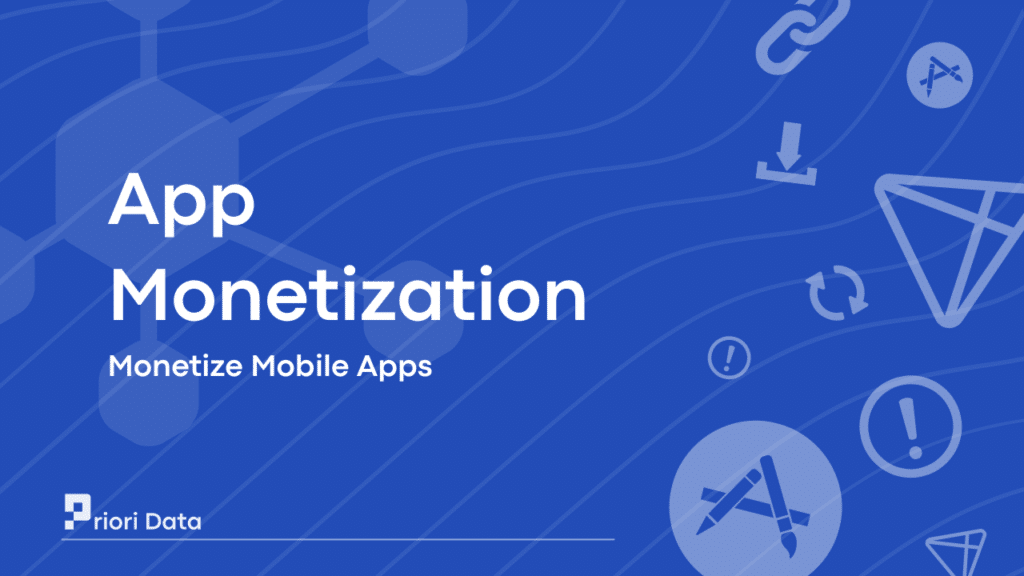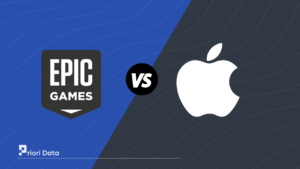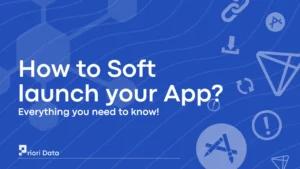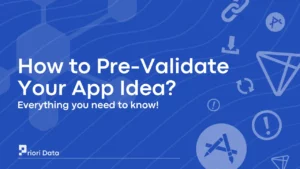App monetization refers to the way you can make money from your mobile app. There are many different models of monetization to choose from, each with its own set of benefits and drawbacks. Therefore, it is important to choose the right model for your app by understanding the user base, app features, and revenue goals.
An app can be monetized can be achieved through in-app advertisements, in-app purchases, paid downloads, and subscriptions.
So Let’s discuss the pros and cons of each of these models.

In-App Advertising
In-app advertising is the practice of displaying ads inside of a mobile app, usually within a game or another mobile application. It is a form of digital marketing that enables mobile app developers to monetize their apps by providing ads as part of the user experience. The ads can be targeted to users based on their interests & geographical location so that advertisers can reach their target audience with the most relevant content.
Benefits of In-App Advertising
In-app advertising can provide some benefits for app developers. It can be a great way to monetize your app & generate revenue, especially if the app is free to download. It can also help drive user engagement by providing users with relevant content. Additionally, in-app ads can help to increase brand awareness, as they are highly visible & can reach a large number of users.
Choosing the Right Ad Network
When it comes to in-app advertising, choosing the right ad network is essential. Different ad networks offer different features, so it’s important to research the different networks & find the one that best fits your needs. Some of the most popular ad networks include Google AdMob, Apple iAd, & Facebook Audience Network.
Best Practices for In-App Advertising
In-app advertising is an effective way to monetize your app, but it’s important to follow best practices when displaying ads. Make sure the ads are targeted to the right users, & that the content is relevant & engaging. It is also important to ensure that the ads are not intrusive or disruptive to the user experience. Finally, it is important to monitor the ads frequently to ensure that they are performing as expected.
In-App Purchases
In-App Purchases (IAPs) are a type of digital purchase made within a mobile application. It is an easy way for users to purchase digital content, such as in-game items, virtual currency, or subscription plans, without having to leave the app. IAPs have become a popular way to monetize mobile applications, and many developers have seen great success from incorporating them into their apps.
Benefits of In-App Purchases
The benefits of IAPs are numerous. First, they provide an easy and convenient way for users to purchase digital content, eliminating the need for them to leave the app to make a purchase. Additionally, IAPs provide developers with a reliable source of income, allowing them to make money from their apps without having to rely on traditional advertising or sponsorships. Finally, IAPs are a great way to increase user engagement and keep users coming back for more, as users are more likely to make additional purchases if they already have a positive experience with the app.
Best Practices for In-App Advertising
Regarding best practices for using IAPs in apps, developers should focus on creating a balanced and user-friendly experience. For example, developers should ensure that IAPs are marked and easy to access, while also providing users with plenty of opportunities to obtain digital content without making a purchase. Additionally, developers should be sure to give the users enough information about the IAPs they offer so that they can make an informed decision before making a purchase.
The popularity of In-App Purchases
The popularity of IAPs has grown significantly in recent years, and many developers are now relying on them as a major source of revenue. With the right strategies, developers can use IAPs to generate additional income and ensure that their apps remain successful. With the right combination of user-friendly design, quality content, and attractive offers, IAPs can be a great way to monetize apps and keep users coming back for more.
Definition of Subscriptions
Subscriptions are a popular way for customers to access content and services on their mobile devices. Subscriptions allow users to pay a set fee for specific content or services over a set period. Subscriptions for apps in the Android and Apple App Stores are becoming increasingly popular as a way for users to access content and services without the need to continually purchase the same content or services multiple times.
Benefits of Subscriptions
The benefits of using subscription services for apps in the Android and Apple App Stores are numerous. Subscriptions can provide users with access to a wide range of content and services at a cost that is much lower than the cost of purchasing the same content or services multiple times. Subscriptions also provide users with the convenience of not needing to continually purchase the same content or services multiple times. Additionally, subscriptions can allow users to access the latest content and upgrades on their mobile devices without having to continually purchase the same content or services.
Best Practices for Subscriptions
When it comes to best practices for subscriptions in the Android and Apple App Stores, developers should ensure that they are offering customers a fair price for the content or services they are providing. This can be done by offering customers options such as a one-time fee, a discounted rate for longer subscription periods, or a free trial period.
Additionally, developers should ensure that customers know what content or services they are getting for their subscription fee and that they are provided with the support they need should any issues arise. Developers should also make sure that customers are made aware of any changes to the subscription service, such as changes in pricing or content, before the change is made.
Overall, subscriptions for apps in the Android and Apple App Stores provide a convenient and cost-effective way for customers to access content and services. By providing customers with a fair price, clear information about the content or services they are getting, and timely support, developers can help ensure that their customers are satisfied with their subscription service.
Frequently Asked Questions
Q1. How do you monetize an app?
Ans. Monetizing an app typically involves implementing a combination of advertising, in-app purchases, subscriptions, and other revenue streams. Advertising involves displaying ads in the app, while in-app purchases involve selling items within the app. Subscriptions involve offering access to content or features for a recurring fee. Other revenue streams involve offering services such as digital goods, virtual currency, or sponsored content.
Q2. What is monetization in a mobile app?
Ans. Monetization in mobile apps is the process of generating revenue from mobile apps by offering in-app purchases, displaying ads, and charging for downloads. It involves using various strategies to optimize the user experience while maximizing profits.
Q3. How do I increase app monetization?
Ans. Increasing app monetization requires an understanding of what users are willing to pay for and how to effectively market the app. Leveraging techniques such as in-app purchases, subscription models, and ads can help to effectively monetize an app. Additionally, focusing on marketing efforts to target the right users and ensuring that the app’s value is clear can help to increase monetization.
Q4. Can you monetize a free app?
Ans. Yes, it is possible to monetize a free app. There are several ways to monetize free apps, such as offering in-app purchases or displaying ads. Additionally, companies may also choose to monetize their free app by creating a subscription-based model or integrating with e-commerce platforms.
Q5. Which platform is best for monetization?
Ans. The best platform for monetization apps depends on the specific needs of the app. Generally, popular platforms include Android, iOS, web, and desktop are In-app purchases, Advertising, Subscriptions, Affiliate marketing, Freemium model, Data monetization, and Sponsorships.





